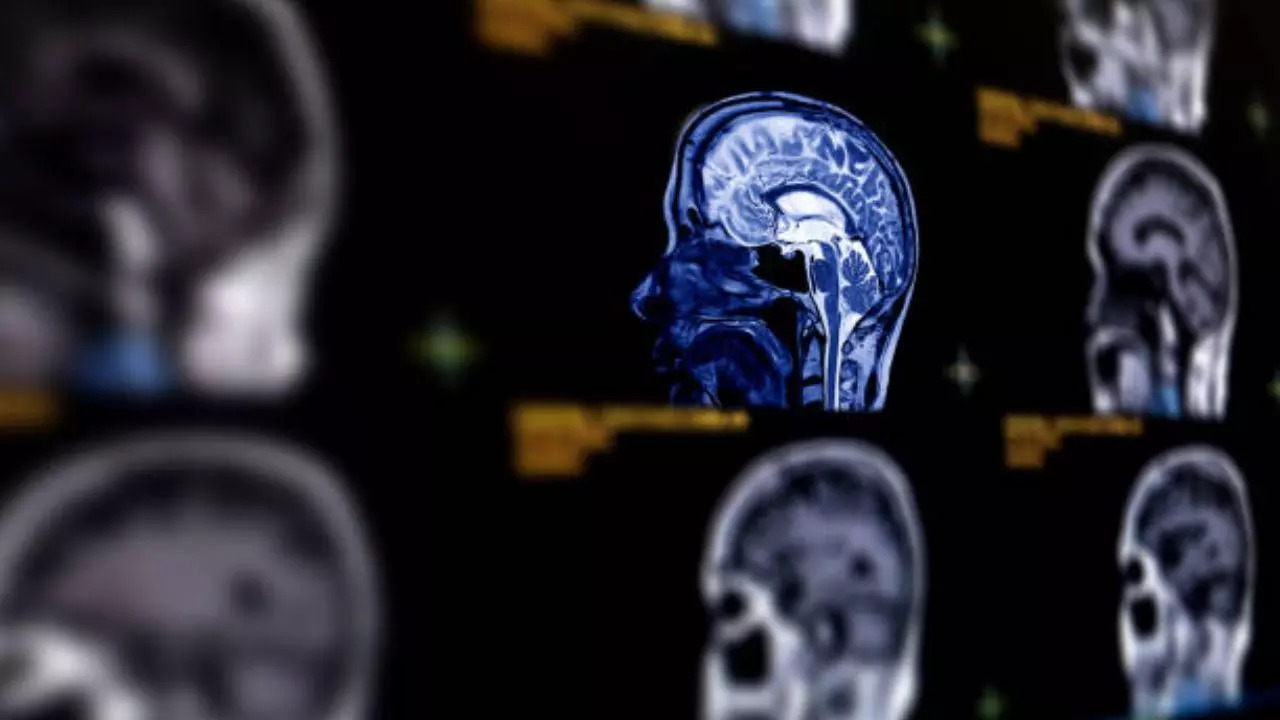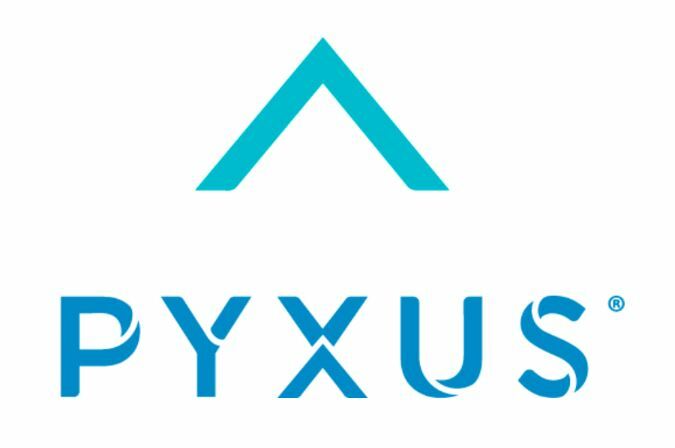
World Stroke Day is observed every year on October 29. The day aims to raise awareness about stroke and the importance of prevention, treatment and support for those affected. World Stroke Day is a time to highlight the importance of early detection of stroke symptoms and timely intervention that can help minimise the long-term effects of stroke.
There are different types of strokes, however, the two major types are Ischemic Stroke and Haemorrhagic Stroke. The other types of strokes include Transient Ischemic Attack, Cryptogenic Stroke and Brainstem Stroke. Dr Sadique Pathan, Neurologist at Sahyadri Super Speciality Hospital, Hadapsar, Pune spoke to Times Now on Transient Ischemic Attacks, its symptoms, causes, prevention and more.
What is Transient Ischemic Attack? Transient Ischemic Attacks or TIAs, are also known as “mini-strokes” due to the temporary nature of their symptoms which are similar to those of a stroke. TIA’s don’t result in lasting brain damage, however, they should be taken as a serious warning for potential full-blown strokes in future. Dr Pathan said, “It’s important to understand the nature of TIAs, their symptoms, causes, immediate treatments and preventive strategies to help individuals recognize and respond effectively to these critical health warnings.
” Differentiating Between TIAs and Strokes A Transient Ischemic Attack happens when blood flow to a specific part of the brain is briefly blocked or reduced. This causes symptoms similar to a stroke, but unlike a full stroke, a TIA does not lead to permanent brain damage. This is because blood flow returns quickly enough to avoid lasting harm to brain cells.
A TIA usually lasts only a few minutes or hours and almost always resolves within 24 hours. Despite its temporary nature, TIA is an important warning sign that should not be ignored. It is a sign of underlying problems in the blood vessels whcih means there could be blockages or narrowing in the vessels that supply blood to the brain.
Symptoms of TIA The symptoms of a TIA are nearly similar to those of a stroke, which can make it difficult to differentiate between these two. Understand and recognizing the signs and seeking immediate medical help can make all the difference in preventing serious complications. Common TIA symptoms include sudden weakness or numbness, often affecting one side of the body, including the face, arms, or legs.
A person may struggle to find words or understand speech. Other symptoms include sudden changes in vision, such as blurred vision and even temporary blindness in one eye. Dizziness, loss of balance, and severe headache without a known cause are also signs.
Dr Pathan adds, “These symptoms often resolve quickly, leading many people to ignore them, but even a brief experience of these signs should prompt immediate medical attention to reduce the risk of stroke.” Causes of TIA Common causes of TIA include blood clots that may form in the heart or blood vessels and travel to the brain, obstructing blood flow. Atherosclerosis, where fatty deposits (plaque) build up in the arteries can narrow these vessels, reducing blood supply.
Heart conditions like atrial fibrillation or valve disease can also increase the chances of blood clots traveling to the brain. Risk Factos of TIA Risk factors for TIAs are similar to those for major strokes. High blood pressure is one of the most significant factors, as it increases the chances of blood vessel damage.
Diabetes, high cholesterol, smoking and ageing, especially after age 55 are additional risk factors. Obesity and a sedentary lifestyle also contribute by raising the risk of related conditions like hypertension and diabetes. Treatment for TIAs: Managing Risks and Preventing Future Strokes Dr Pathan says that following a TIA, treatment focuses on reducing the risk of a subsequent stroke by addressing both lifestyle factors and any underlying health conditions.
Medical treatments include antiplatelet drugs, which prevent blood platelets from sticking together and forming clots. For people with heart-related issues, anticoagulants or newer blood thinners help reduce clotting risk. If high cholesterol is a factor, statins may be prescribed to lower cholesterol levels and reduce plaque build-up in the arteries.
Blood pressure control is also crucial, and medications are often prescribed to help manage it effectively. In cases where arteries are significantly narrowed, procedures like carotid endarterectomy or stenting may be recommended to clear blockages. Lifestyle Modifications Lifestyle modifications are equally important and often work alongside medication to improve health outcomes.
Dietary changes, such as adopting a diet low in saturated fats, and trans-fats and avoiding excess sodium can significantly benefit vascular health. A diet, rich in fruits, vegetables, whole grains, and lean proteins, is particularly effective. Regular physical activity is also beneficial with moderate exercise such as walking or swimming, can help control weight, reduce blood pressure, and improve cardiovascular health.
Smoking cessation is vital as it reduces the risk of arterial damage and clot formation. Additionally, limiting alcohol intake to moderate levels, if at all, is advised, as excessive alcohol can contribute to vascular issues. Dr Pathan said, “The period after a TIA is crucial, as stroke risk is high, but regular blood pressure and blood sugar checks, along with routine doctor visits, can help reduce this risk.
” Get Latest News Live on Times Now along with Breaking News and Top Headlines from Health and around the world..














